Cannery Row, Monterey, California
Yesterday, I spent the day reading John Steinbeck’s Cannery Row. Today, we spent the day at Cannery Row.
The street looks nothing like it is described in the book set in 1938, but some of the characters were still hanging around.
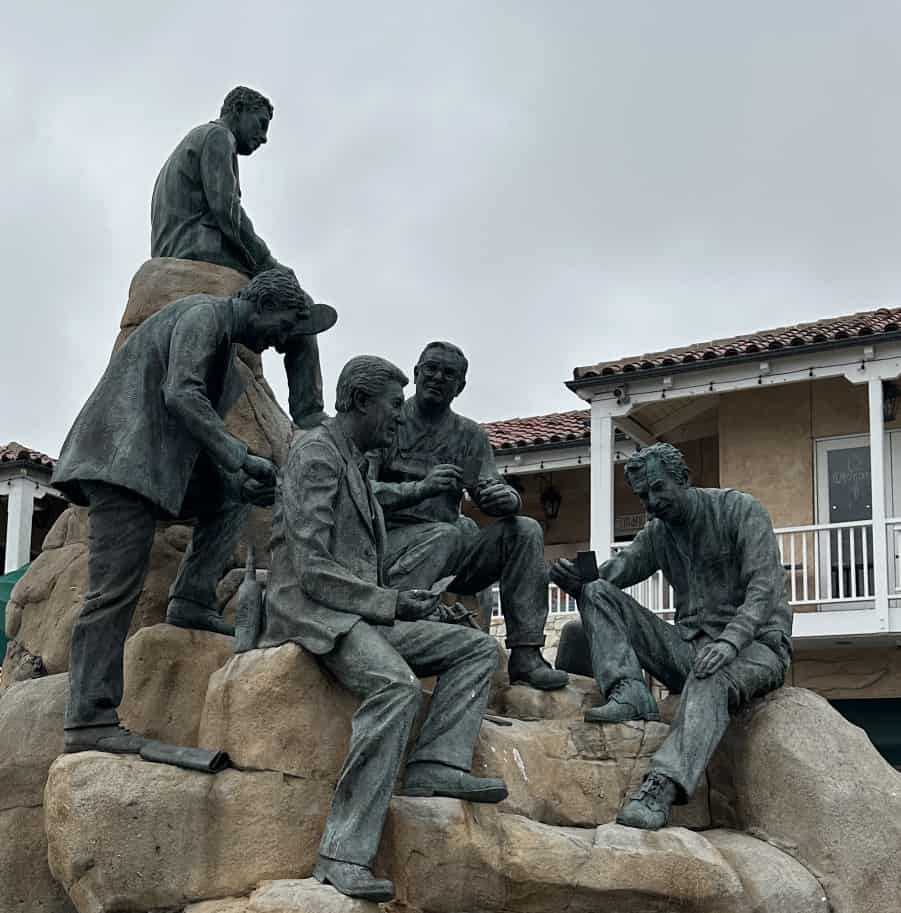
Mack and the boys from the Palace Flophouse were there, playing cards in the middle of the day and drinking Old Tennis Shoes.
Old Tennessee, “a blended whiskey, guaranteed four months old”, known affectionately as “Old Tennis Shoes”, was sold exclusively at Lee Chongs Heavenly Flower Grocery, at 837 Cannery Row.
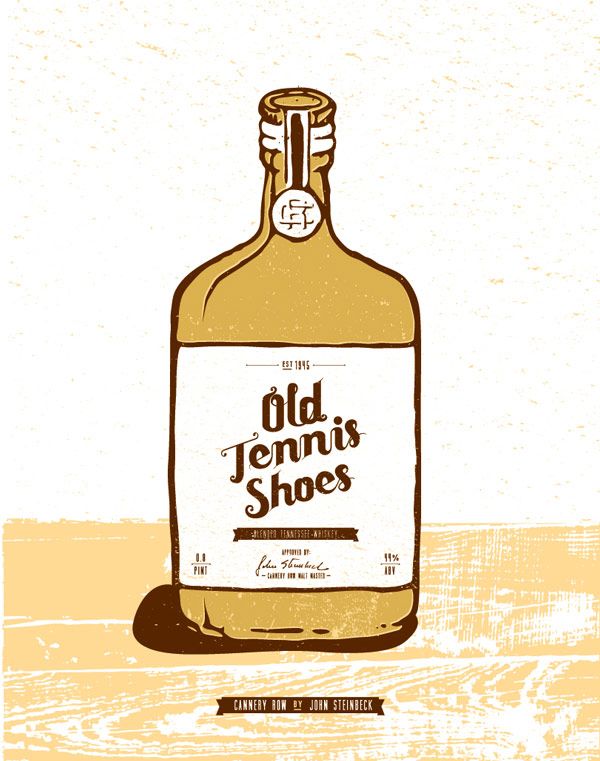
Hazel, one of Mack’s boys was there. Hazel was the eighth child of a poor family. His mother, anticipating a girl, named her unborn after an aunt who had come into a life insurance benefit. The hope was that Aunt Hazel might spread the wealth to her namesake. The child turned out to be a boy, but his name was never changed in the hope that the aunt wouldn’t notice.
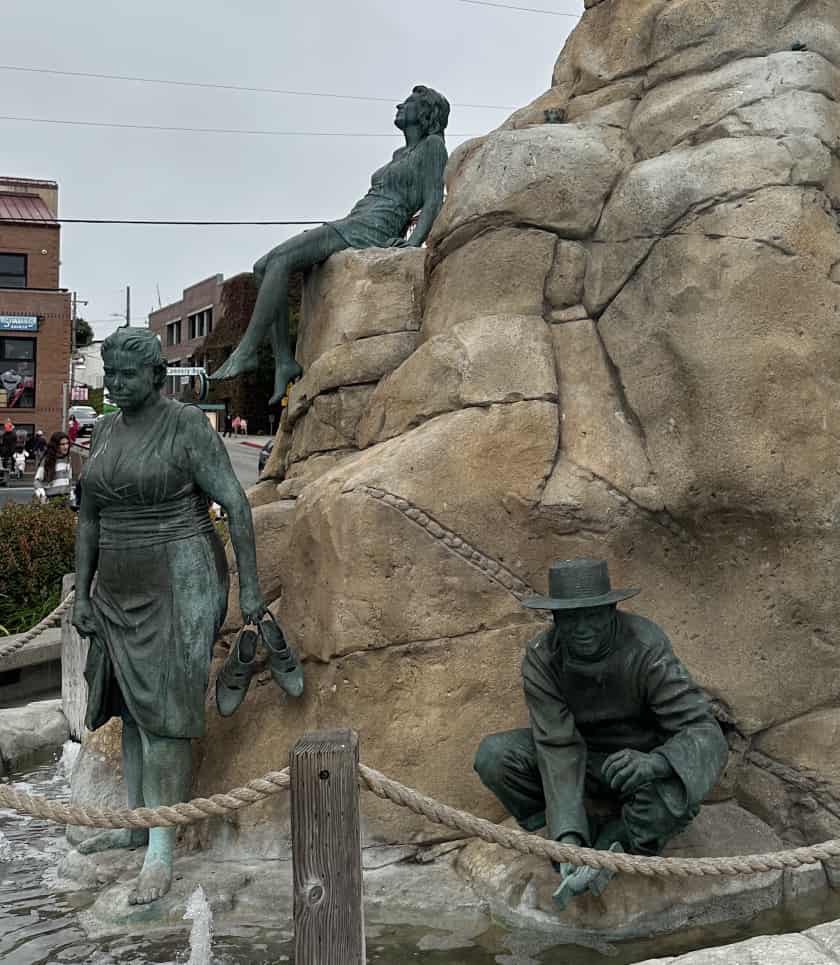
Wide Ida was there with some of her girls. Ida, a stout woman, ran a brothel out of her “restaurant”, La Ida Café. She and the girls were philanthropic heroes of Cannery Row, well-regarded by almost all of the townspeople.
Lee Chong, the grocer (banker, horse trader, whipping boy, philosopher) was also there. His store exists in name only, but you can still hear the sound of his clicking abacus, and his pidgin English mantra, “No Cledit!”
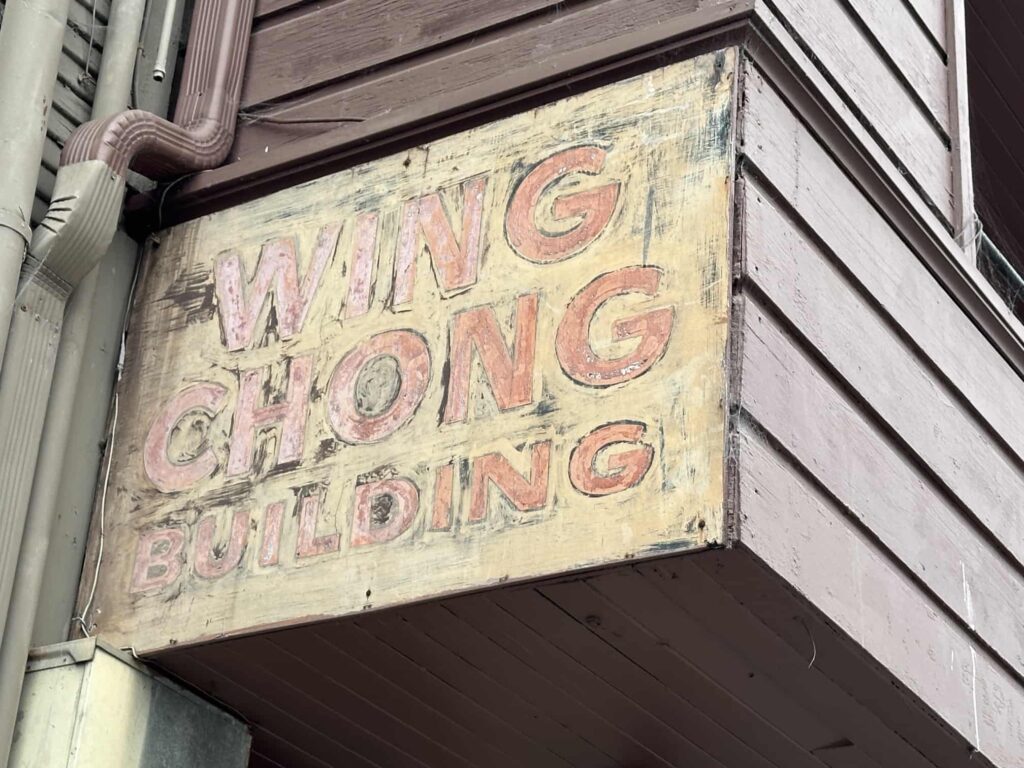
I never saw Sam Malloy or his wife, but it wasn’t for lack of trying.
Sam and Mrs. Malloy were suffering from a shortage of housing, so they lived in an abandoned steam boiler discarded near the Palace Flophouse. Sam loved his wife dearly, but she caught him off guard one day when she said,
“Holman’s are having a sale of curtains. Real lace with edges of blue and pink – $1.98 a set with curtain rods thrown in.”
The couple bantered back and forth about the cost and the benefit of curtains. In the end, Sam put his foot down,
“But darling – for Christ’s sake what are we going to do with curtains? We got no windows.”
The best line in the book comes two days later. Sam Malloy bumps into Mack who asks,
“How are you, Sam.”
“Pretty good.”
“How’s the missus?”
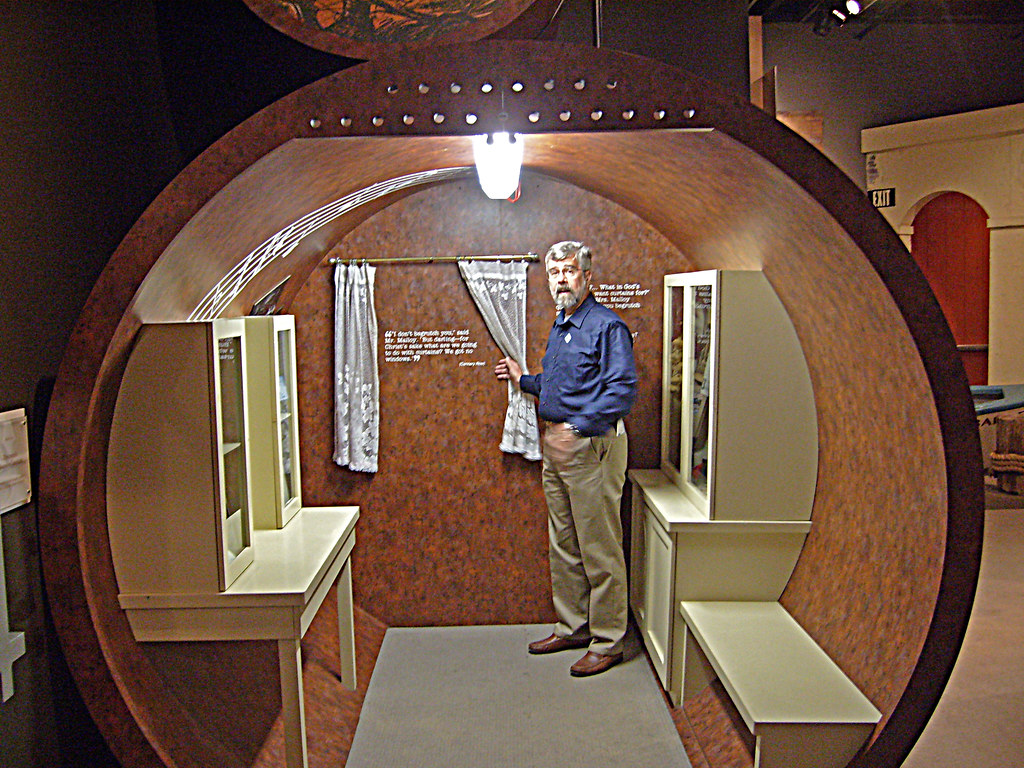
“Pretty good,” said Malloy. “You know any kind of glue that you can stick cloth to iron?”
Of course, Doc Ricketts was there. His, Pacific Biological Laboratories, occupies a prominent place on the Row.
Doc wasn’t in when I tried the door, he was probably over at Lee Chong’s getting beer.
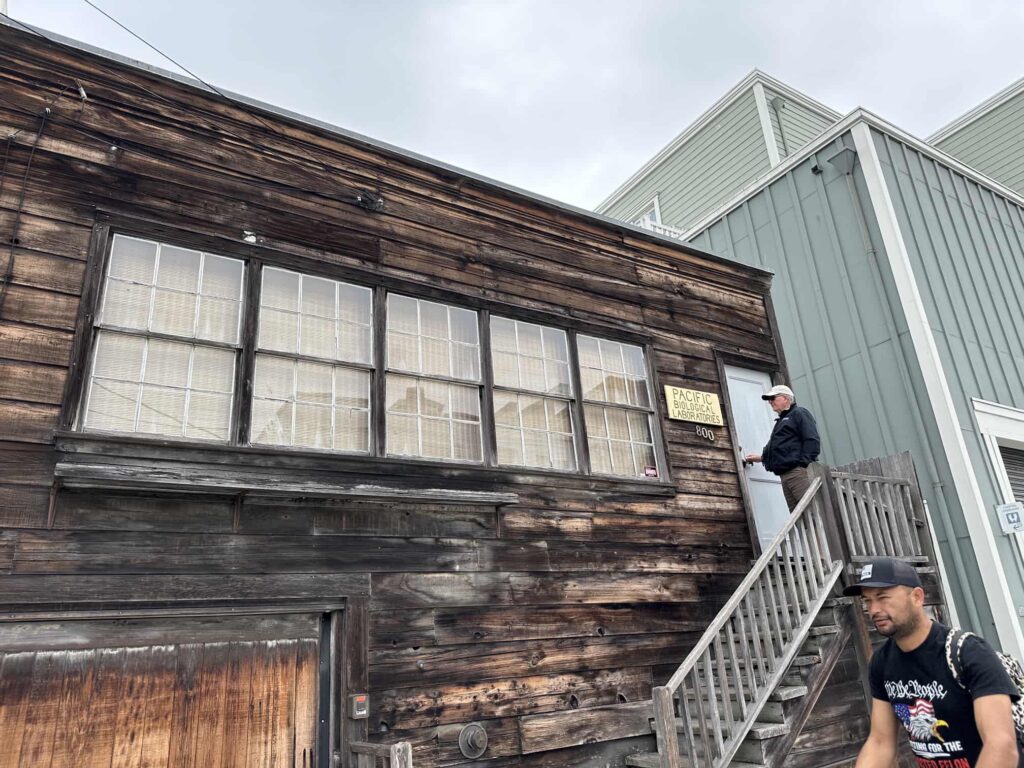
Doc Ricketts was modelled on a real-life character, marine biologist Ed Ricketts, a close friend of John Steinbeck.
In 1947, Ed Ricketts was asked to conduct a biological study on why the sardine population was in decline. Sardines had been the mainstay of the canning industry in Monterey for 50 years. The city depended on the canneries, so they were eager to find out why their livelihood was at risk.
Ricketts spent two months researching the sardine fishery, fish predators and diseases, and changing currents and weather patterns. After much anticipation, Ricketts presented his research paper on declining fish population to the city of Monterey and cannery officials. It consisted of a single line…
… They Are in Cans.
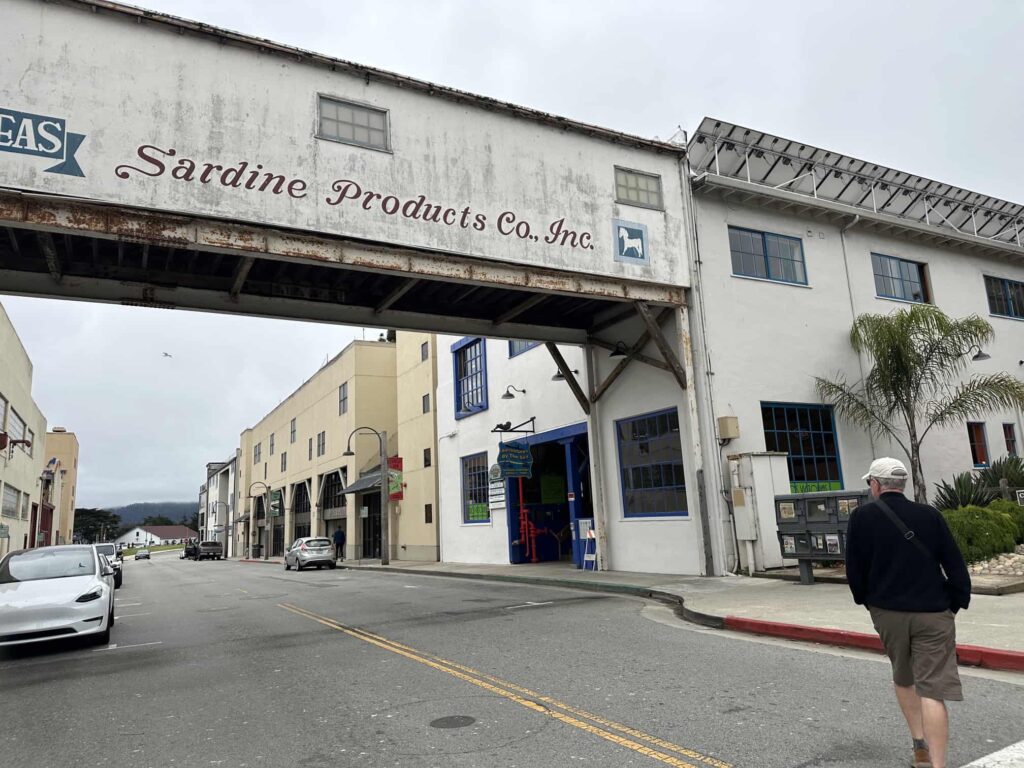
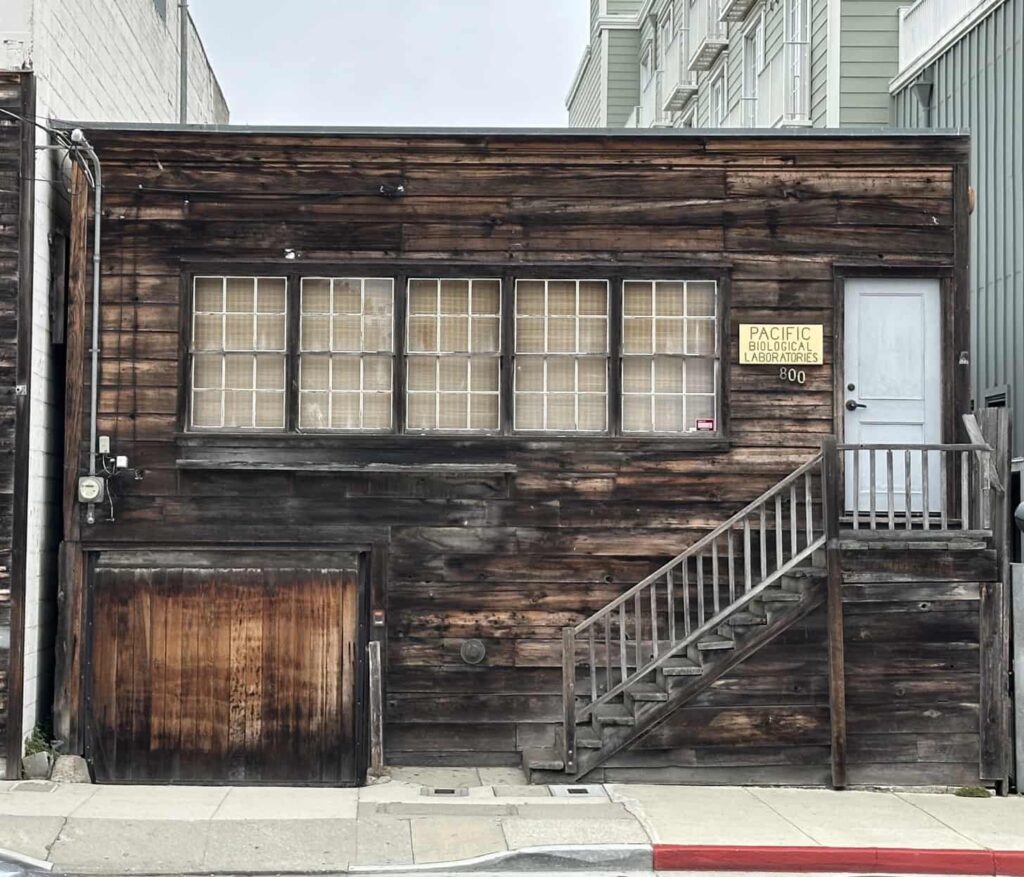
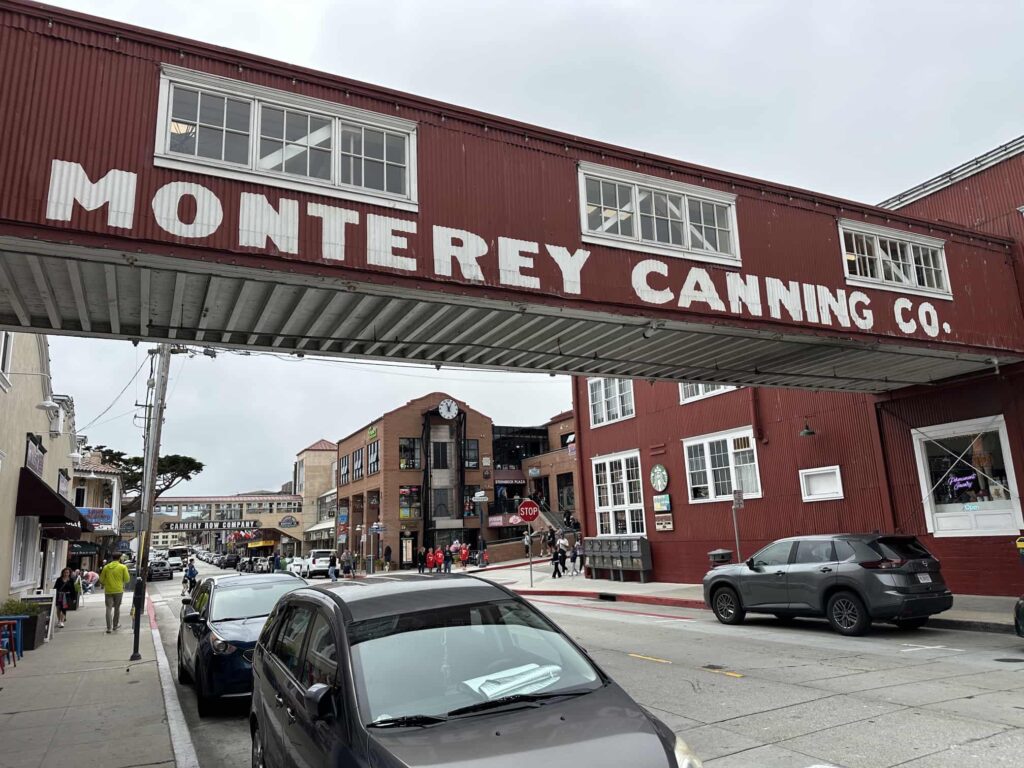
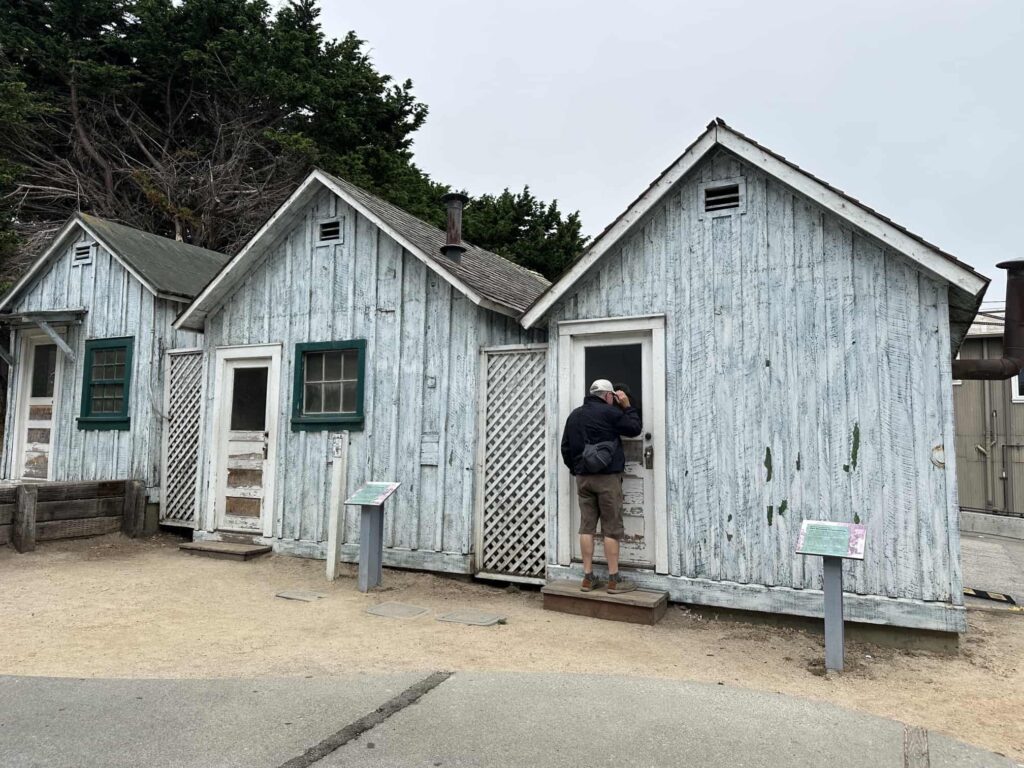
The Monterey canning industry went out of business in the 1960s for lack of raw material. Warehouses, whorehouses, flop houses, and people’s houses on Cannery Row folded with it.
But, thanks to John Steinbeck’s novel of the same name, Cannery Row has been revitalized as a thriving tourist destination.
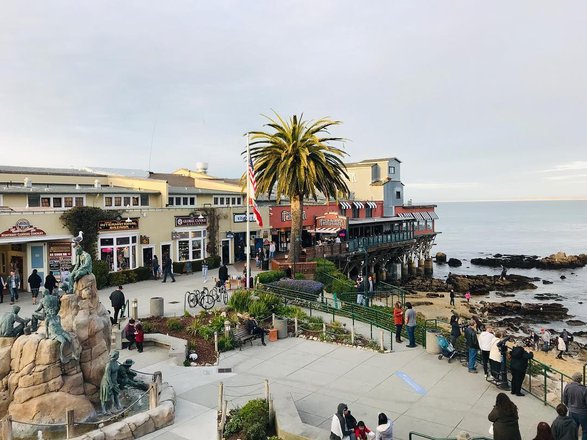


Leave a Reply